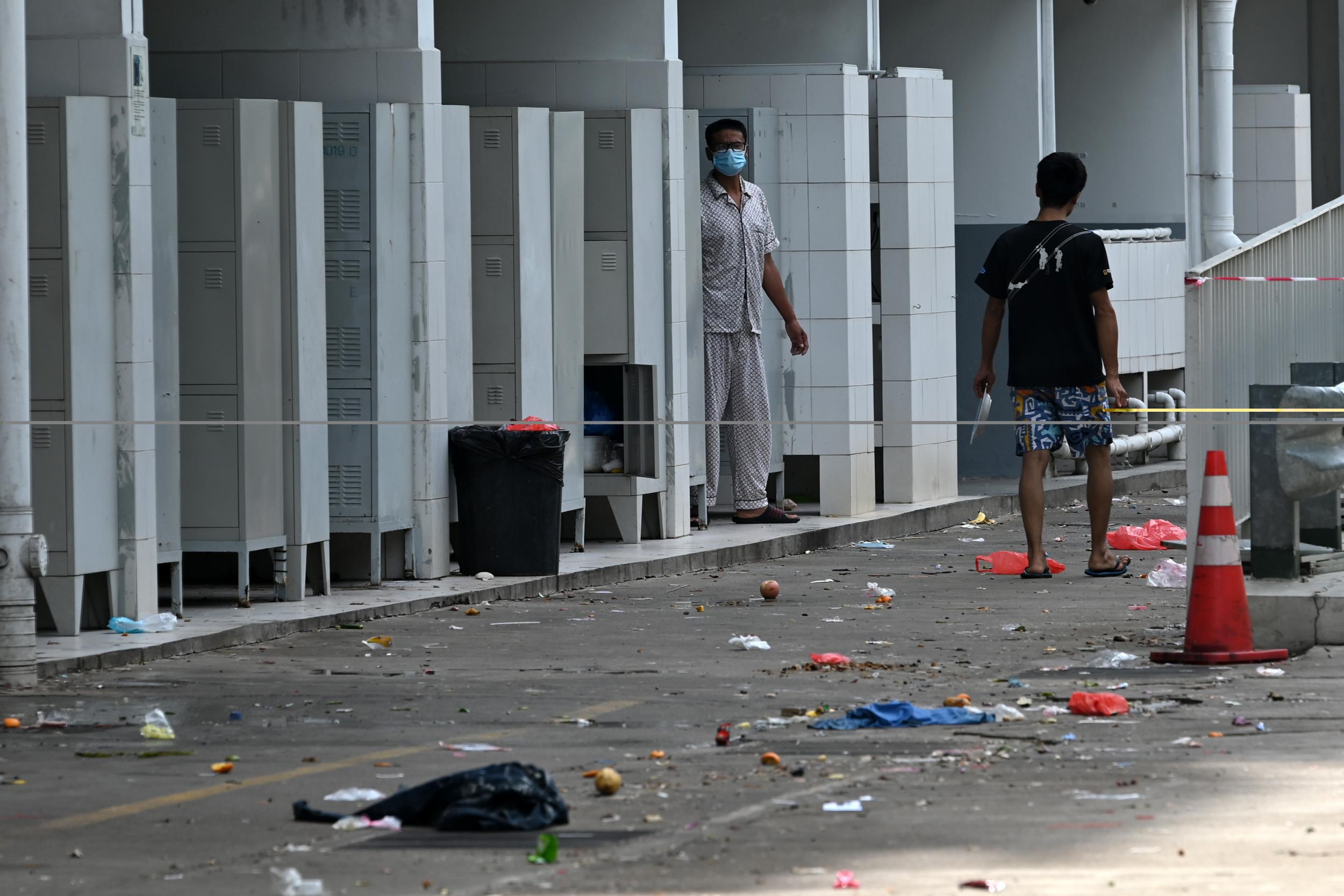Coronavirus cases spike in Hong Kong, Singapore and Taiwan
Hong Kong and Taiwan each had one tour group that separately visited Egypt, where multiple travellers developed coronavirus symptoms and fell ill after they returned in early March
Hong Kong, Singapore and Taiwan — once heralded for early successes in battling the pandemic — are now confronting a new wave of coronavirus cases, largely fuelled by infections coming from elsewhere. Singapore is also seeing a rise in local transmissions, with more than 400 new cases in the past week that have been linked to migrant worker dormitories.
The first confirmed cases in all three places were connected to people who had travelled to Wuhan, China, where the pandemic began, followed by small clusters of cases among residents with no travel history. Despite their proximity to mainland China, however, they had all managed to keep their case counts low for weeks, through vigilant monitoring and early intervention.
None of these places had a single day with more than 10 new cases until March, even as the coronavirus spread around the world.
That changed in the past two weeks, as both Hong Kong and Singapore saw new cases in the double digits for consecutive days, with the bulk attributed to those who have travelled from abroad. Singapore’s numbers are now triple digits, with large clusters of cases linked to dorms for migrant workers.
Taiwan was hit with a surge of new cases, the vast majority of which were imported from other countries, while the number of locally transmitted infections remained low.
Students or expatriates returning from Europe or the United States account for a large share of the imported cases. At least 191 of the confirmed cases in Hong Kong, for example, were among students who had returned from studying abroad in Britain. Similarly, 46 cases in Taiwan were among students studying abroad in Britain who had returned home after mid-March.
Hong Kong and Taiwan each had one tour group that separately visited Egypt, where multiple travellers developed coronavirus symptoms and fell ill after they returned in early March.

In Singapore, several members of the military contracted the virus while stationed in France.
All three places had initially banned travellers only from Hubei province, in China. But as virus hot spots developed in other places, the governments increasingly expanded travel restrictions or mandatory quarantine measures to encompass the rest of the world.
By the end of March, all three places had prohibited short-term visitors, though residents or other long-term visa holders could still enter under the quarantine measures.
“The first step is to further prevent imported cases and to cut off the infection chain around the world and within Hong Kong,” Carrie Lam, Hong Kong’s chief executive, said at a news conference announcing the new measures. “All non-Hong Kong residents arriving at the airport from any overseas region will not be allowed through immigration for 14 days starting on 25 March.”
Singapore stopped allowing short-term visitors on 23 March. Taiwan barred all foreign visitors on 19 March.
Beyond ramping up travel restrictions, the governments in these regions are putting in place stricter social-distancing measures. They are also continuing to monitor people who have tested positive for the virus and to trace their contacts.
Singapore has imposed a new lockdown until at least 4 May — closing all schools and nonessential workplaces.
“If their case numbers continue to creep up to a point where they don’t feel like they can keep up with the case finding, case isolation, contact tracing, monitoring contacts and isolating the contacts, then that will be problematic,” said Jennifer Nuzzo, an epidemiologist at Johns Hopkins University in Baltimore.
New York Times
Join our commenting forum
Join thought-provoking conversations, follow other Independent readers and see their replies
Comments
Bookmark popover
Removed from bookmarks